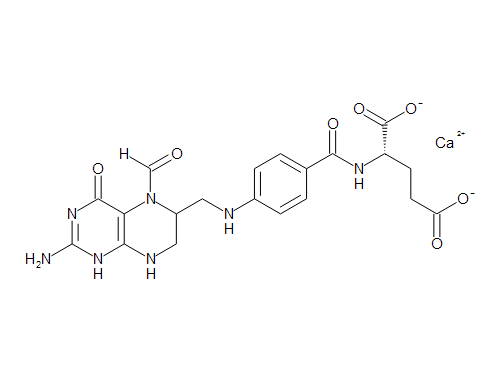Nearly all healthcare professionals and special needs teachers agree on at least one thing: sensory activities for autistic children are critical for learning and development. For new parents or parents with children recently diagnosed with autism spectrum disorder (most children are diagnosed with the neurological disorder prior to age three), it can be difficult to understand why these activities are important and which activities and/or sensory products are best. Here are a few things parents need to know.
Sensory Activities Help Children Build Healthy Social Relationships
Struggling to hold a young child who is literally squirming out of your arms or even scratching and biting in order to get away is a nightmare for most parents. Unfortunately, it is also a reality that too many parents with autistic children contend with day in and day out. And it is heartbreaking for parents and children who feel threatened by parent-child interactions and other everyday social interactions. Thankfully, there is a solution.
Sensory activities, toys, and games for autistic children can help normalize sensations, improving social development, learning, behavior, and more. “The rationale is that by changing how sensations are processed by the brain, we help children with autism make better sense of the information they receive and use it to better participate in everyday tasks,” Researcher Roseann Schaaf writes in a study of sensory integration therapy.
What Sensory Tools Are Best?
The question remains: what activities and toys are best for the 3.5 million Americans living with autism? While there isn’t necessarily one right answer, there are toys that are better than others — toys that also serve as sensory tools and learning tools. An autism chew necklace or chew sticks, for example, come in a variety of bright colors — stimulating the sensation of chewing and processing bright oranges, reds, and yellows while calming children. Similarly, therapy swings often drape around a child during play, offering firm and snug pressure.
Something as simple as an autism chew necklace can work wonders for children — helping them develop stronger social relationships and process and learn more quickly than they would without sensory integration therapy.






